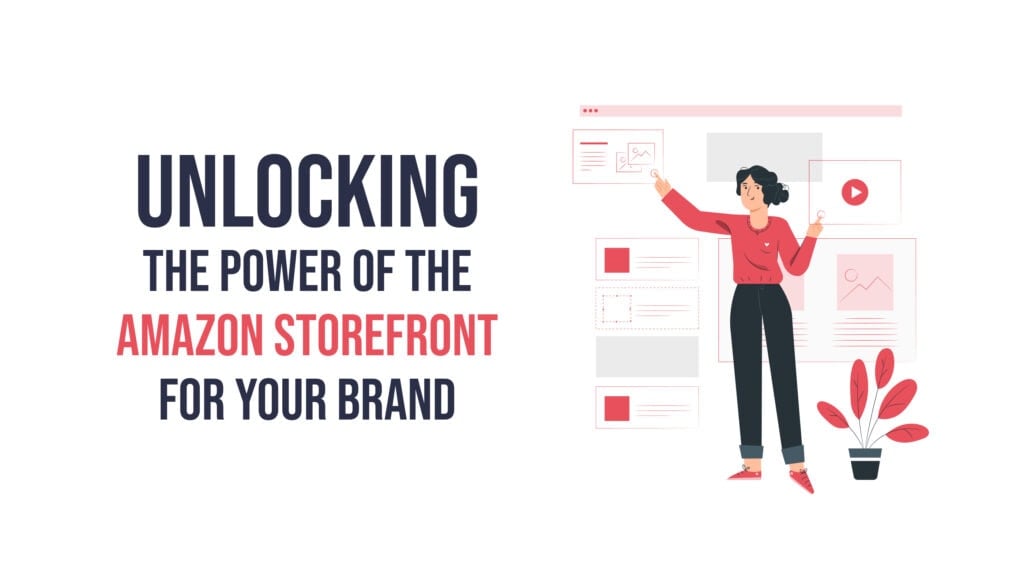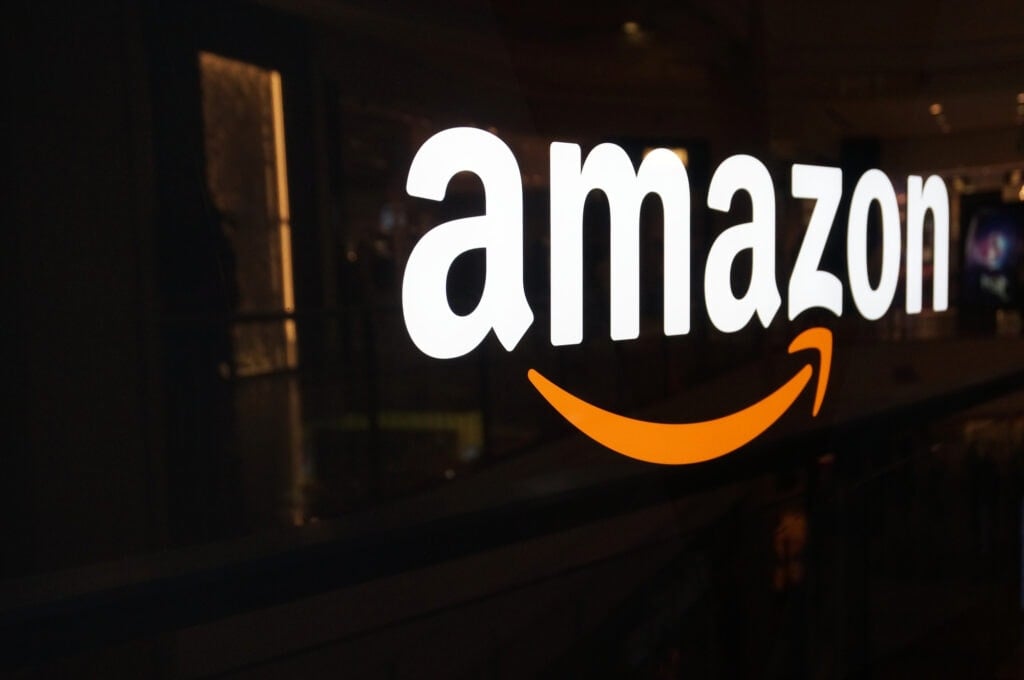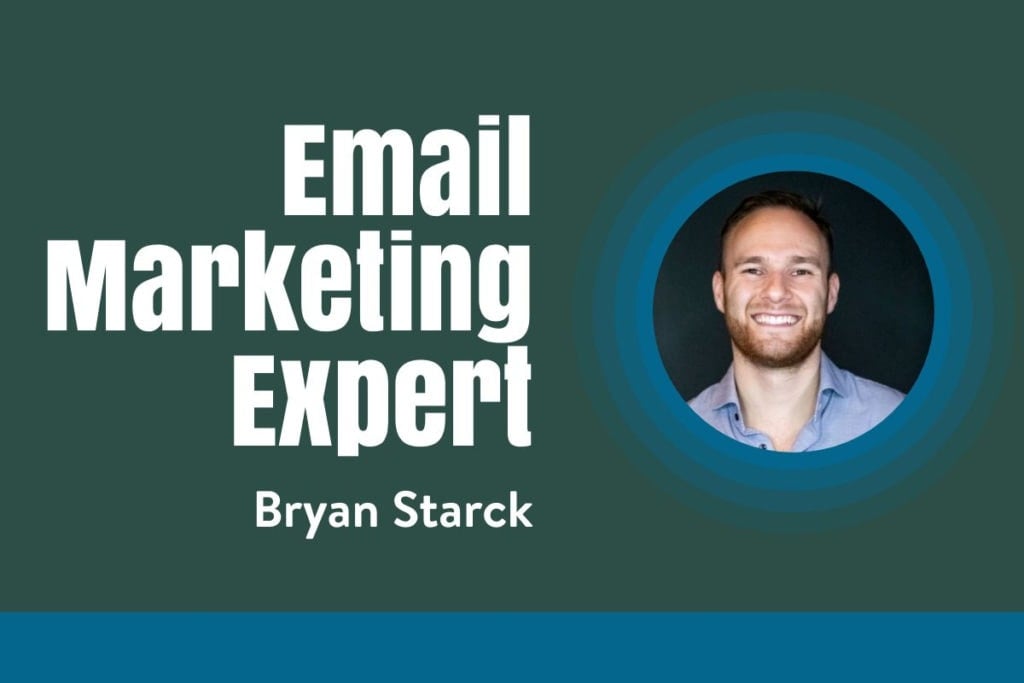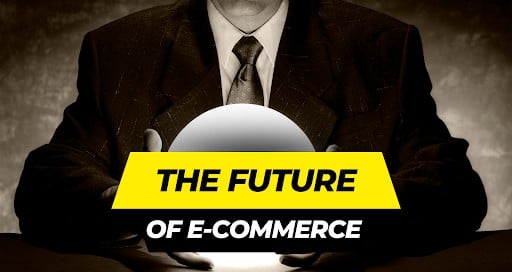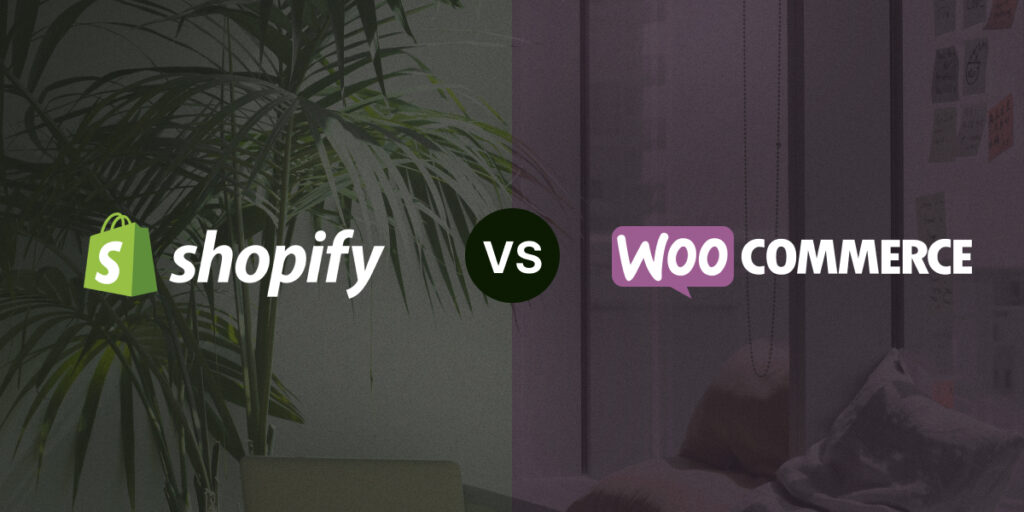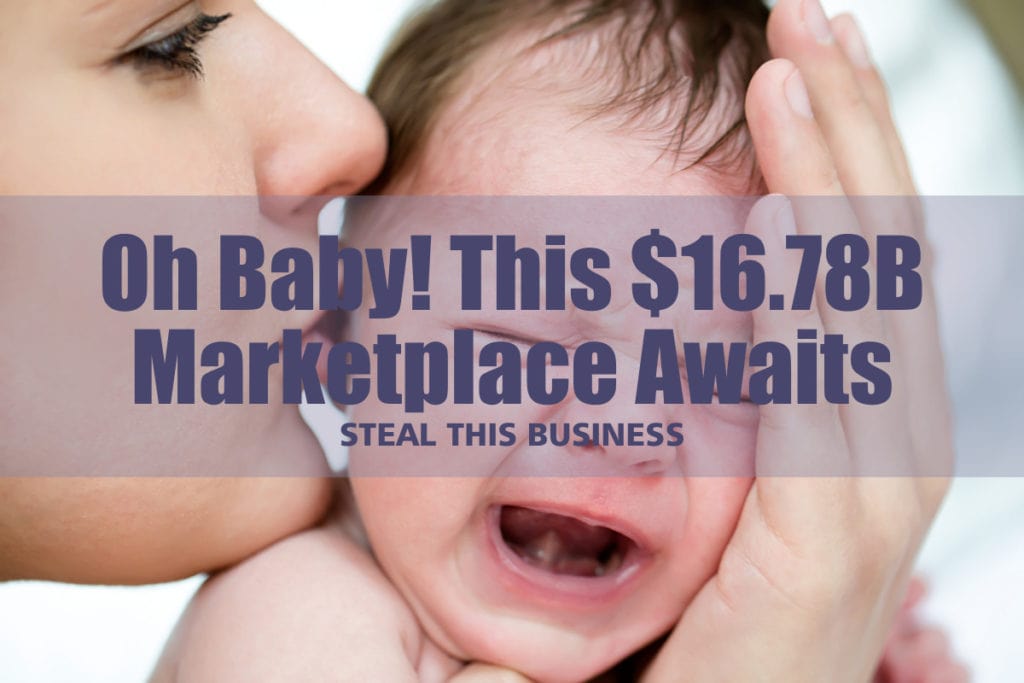Do you have an idea for a product or service you want to create, but lack the capital to get it off the ground?
The truth is, the money is likely already within reach. And I am not talking about pitching to venture capitalists or “sharks.” The secret is reward based crowdfunding.
I know this because we used this method to raise more than $300,000 in a little over a month in 2015 when we first launched our company, which today is an 8-figure business. And I’ve since used this method multiple times to create my own capital via pre-orders, while maintaining total control over the company.
Reward based crowdfunding involves raising small amounts of money from a large number of people through online platforms such as Kickstarter and Indiegogo. Instead of getting equity in the business, backers receive products or experiences in exchange for their contribution. The practice has exploded over the last 10 years: people have pledged more than $3.5 billion to Kickstarter projects alone since the company launched in 2009.
It’s worth mentioning that reward based crowdfunding is different from equity-based crowdfunding, which is also gaining popularity, though -- no surprises -- it involves you giving up equity in your business.
Our story
We launched BestSelf Co via the SELF Journal on Kickstarter in 2015, with an initial funding goal of $15,000 on Kickstarter. This was the absolute minimum needed to get a first run of the SELF Journal, and we hit that goal within the first 28 hours of launching.
After 34 days we funded to a total of $322,696 on Kickstarter, far surpassing our initial goal.
We springboarded that initial launch and went on to win the Shopify Build a Business contest in 2016, and then scaled enough to win the Build a Bigger Business in 2017. (Ours was the first company to ever do that.)
Since then we have grown that business to 8-figures in less than 2 years, without taking on any outside investment.
Yes, all that without ever giving up any % of equity.
Tobi Lutke, CEO of Shopify, advised us personally to avoid taking on investment until it’s absolutely crucial. Consider that most investors want to get a 5-10X return on their investment, therefore the equity you’re giving up is very expensive in the long run.
But that’s not the only reason to get capital for your idea via reward based crowdfunding. It also can help make the product better, and make your company more likely to last in the long-term.
Pre-selling: A win-win
As a creator, I previously would have thought the idea of selling a product before it existed to be a “scam”. However if you look around you’ll start recognizing that many companies are already pre-selling products every day, and no one thinks twice about it.
Here’s a real-world example of validating the demand for a product by collecting money up front from a large group of people BEFORE delivering on a promise.
Have you ever bought a concert ticket?
If so you probably paid ahead of time (with a “convenience” fee, I’m sure) for a show that wasn’t happening until months later. I bet you didn’t think anything strange about it at the time, but this is an example of pre-selling a product and validating the market.
Guess what happens if not enough people buy tickets? They either cancel the concert, or they move it to a smaller venue.
The concert organizer is mitigating their risk upfront, as should you.
Another example is Elon Musk, who pre-sold $10 million in flamethrowers for his Boring Company. Or more famously, another of Musk’s ventures, Tesla, which opened up pre-orders for its Model 3, an all-electric vehicle that doesn’t yet exist. They pre-sold $276 million in the first weekend from pre-sales on down payments alone.
That braingasm you have when you pre-sell a billion-dollar car…

Not every idea or product is going to be ideal for crowdfunding, however many are, and if you have a workable prototype that you want to validate and fund into a potential business then it may be for you.
Here are six reasons to launch via reward based crowdfunding over taking capital:
1. Validation of your idea
There’s no better validation for your product than having someone take their wallet out and pay for something that doesn’t yet exist. If they are willing to do this, then you know you’ve created something that solves a real problem in the world.
Bonus: You’ll also be more favored by investors if you later go on to raise money, as it’s a less risky investment if they know you already have customers. After we were successful on Kickstarter we had lots of people offering us money, had we tried to look prior it would have been much more difficult.
2. Low financial risk
It can cost a lot of time and money to launch a new product into the marketplace. Rather than putting up your own money or taking out a bank loan, crowdfunding gives you a way to access capital that can bring your idea to life, without putting your personal credit at risk.
It also ensures that if people don’t want or need your product that you don’t end up with a garage full of junk you can’t sell and a hole in your bank account.
We sold 10,000 units through our campaign, but put an initial order with our factory for 30,000 units, which was more than enough to hit the ground running with our Shopify store.
3. Facts tell, stories sell
“People don’t buy what you do; they buy why you do it” – Simon Sinek, leadership expert and author of Start With Why
Crowdfunding is the perfect place to tell your story; who you are, what you want to create, and why it will be beneficial to the world. Unlike a regular e-commerce or a retail store, the reward based crowdfunding platform is your opportunity to connect with people who would otherwise never have found you.
4. Build a tribe
By telling your story and becoming a person rather than a faceless company, you have an excellent opportunity to build a community around your idea. This is how brands are born. The people who support you and fund your idea before it even exists are the champions that will make your product a success. They will support you, hold you accountable and push you to ensure it gets delivered.
Then they’ll share it with their friends as early adopters.
It’s been almost three years since we launched our campaign and today our initial backers still buy from us. They see how far we’ve come and consider us the “cool thing” they found that’s gone mainstream, and they can say “We backed them on Kickstarter.”
5. Urgency
With a funding goal and a time limit, your project is running against the clock, which creates a sense of urgency and scarcity for visitors, making them less likely to procrastinate on buying.
It also brings up a feeling of competition, as once someone supports you they are financially invested in you succeeding (so that they don’t miss out on their reward). In decision theory, loss aversion refers to people’s tendency to strongly prefer avoiding losses to acquiring gains. Once people put money on your project, they’ve made the hardest step and will be much more open to sharing it with their network so that it succeeds.
6. Crowdsourced development
Your reward based crowdfunding backers are a great source for product feedback. With each of the projects I have run or advised on Kickstarter, the final product has been strongly improved through this type of feedback.
If you do it right, many of these people become passionate about the product and want to help however they can to make it the best possible.
MORE ARTICLES ON CAPITALISM.COM:
• Business Hitting a Wall? This Is How You Break Through
• How to Build a World-Class Order Fulfillment Process
• How a Broken Washing Machine Made Me Unstoppable in Business



